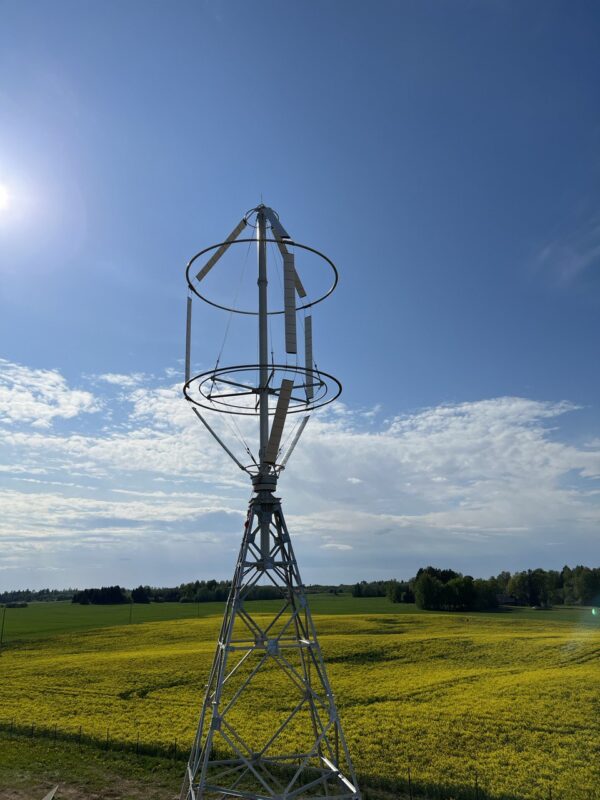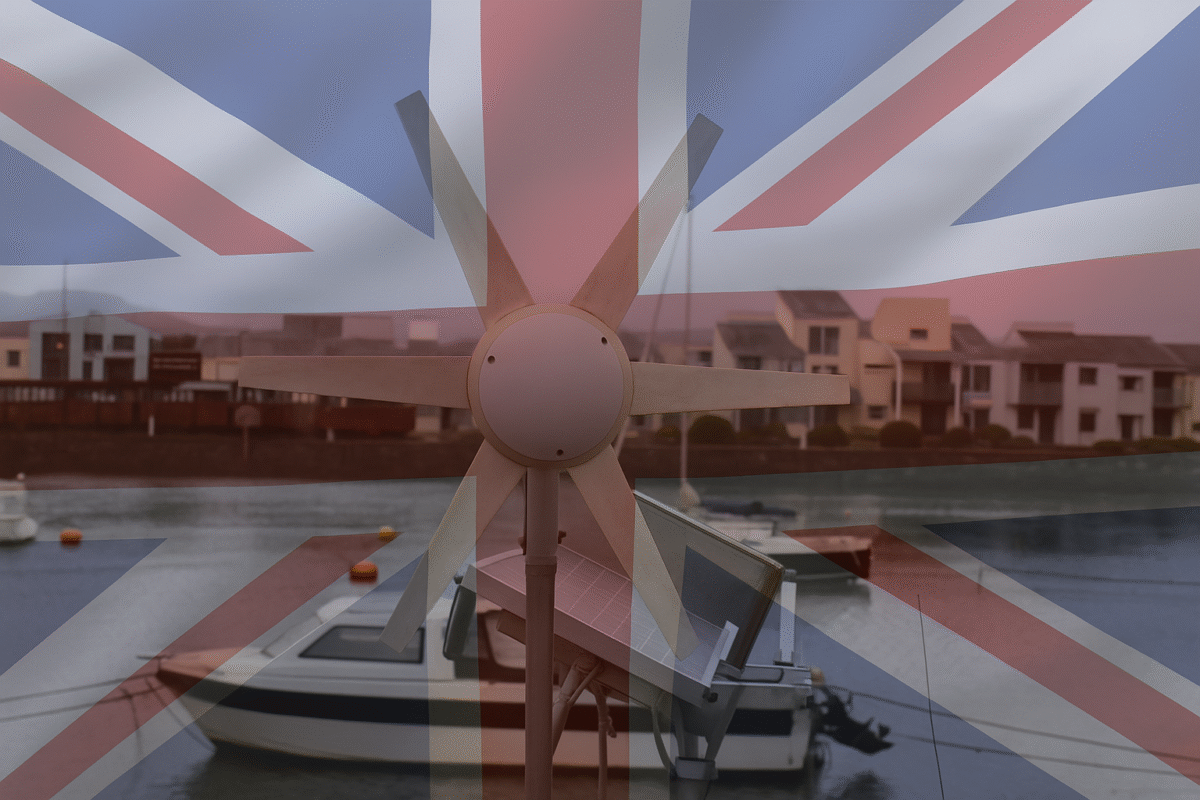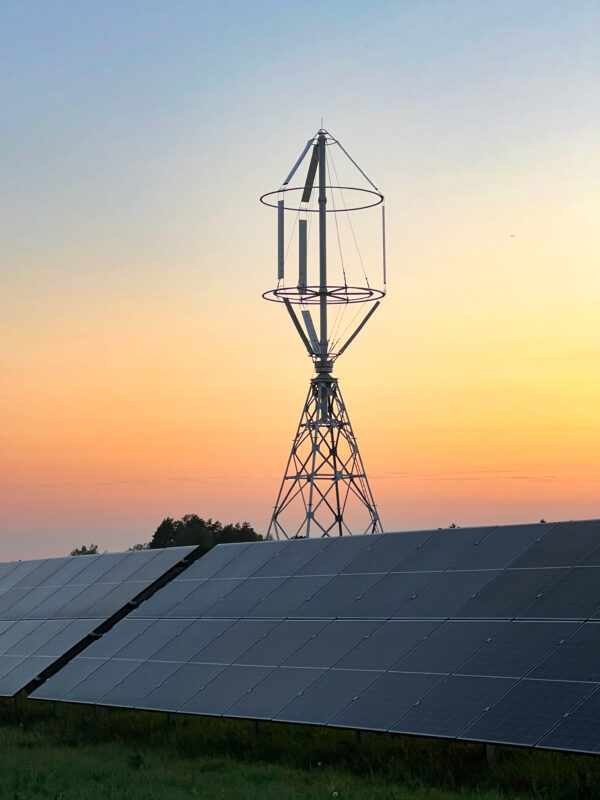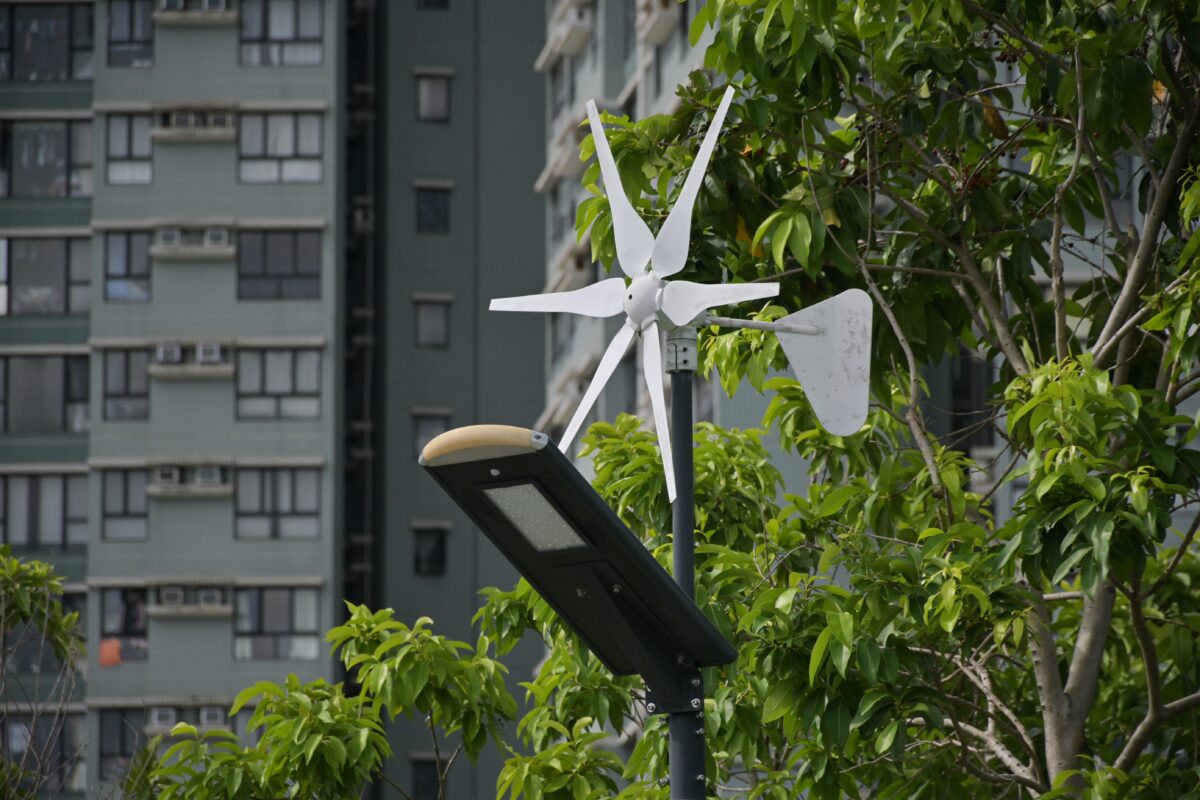Insect Mortality and Efficiency Challenges
Studies show that in Germany wind generators are responsible for the deaths of around 1,200 tons of insects a year. Despite the push towards Eco-Friendly Wind Power, wind energy companies have installed over 25,000 wind turbines across the country by now. In addition to killing birds and bats, they are also harmful for insects. Engineers design wind generators to produce more energy with stronger winds. However, in practice, these generators often fall short of this goal. In 2001, a team of Dutch and Danish researchers published an article in the journal Nature. They stated that dead insects stuck to blades may reduce wind turbine output by half. Experts attribute this phenomenon to the increased roughness on the blades’ surface, which hampers their efficient rotation.
Local Environmental Effects
Wind power stations may attract insects with their blade colour, turbine-emitted heat and blinking lights. Moreover, the turbines affect local climatic conditions, changing wind, precipitation, temperature and evaporation at the radius of 20 km around the station. The German Aerospace Center’s (DLR) recent study concludes that approximately 24,000 tons of insects might pass through Germany’s wind parks during the summer, with turbine blades killing about 5% of them—resulting in roughly 1,200 tons of dead insects each year.
Broader Implications and Future Concerns
This impact has profound implications for the survival of entire insect populations over the next 15 years, especially for those flying at altitudes of 20 to 220 metres—the operational altitudes of wind turbine blades. Despite the widespread assumption that industrial agriculture is the primary culprit behind insect decline, the largest population reductions are observed in Europe and the United States, where agricultural lands have shrunk and wind farms have proliferated. Dr. Franz Trieb from the Institute of Engineering Thermodynamics highlighted the substantial impact of wind power stations on insects and stated that the consequences for flying insects should not be dismissed as trivial. He observes that wind power stations produce strong winds that attract insects, birds, and bats. These findings underscore the need for a deeper exploration of the environmental impact of wind turbines and the development of new technologies and approaches to mitigate their adverse effects.
Freen is offering its innovative solutions in the field of wind energy.
FREEN offers its innovative wind energy solutions in response to these challenges. The company’s developments are distinguished by the creation of small wind generators that integrate cutting-edge scientific research and engineering advancements. These innovations are aimed at minimizing ecological harm.
A pivotal aspect of the FREEN’s technology is the optimized blade rotation speed, capped at 108 revolutions per minute. This curtails the risk posed to birds, bats, and insects. The company also focuses on the development of eco-friendly materials and manufacturing processes to reduce the carbon footprint of its products.
FREEN devotes itself to sustainable development and protects biodiversity. The company’s approach exemplifies the company also focuses on the development of eco-friendly materials and manufacturing processes to reduce their products’ carbon footprint substantially. Such initiatives represent a significant stride in harmonizing technological advancements with ecological conservation.
Possibility of balancing renewable energy progress with nature conservation is the promise of Eco-Friendly Wind Power. The company’s developments open up new avenues for the creation of energy systems. These energy systems will be both efficient and environmentally safe. This fosters a sustainable and healthy future for our planet.
Thus, in the context of new environmental challenges, FREEN’s innovations represent an important step towards Eco-Friendly Wind Power. This step aims to reduce the harmful effects of wind turbines. It specifically aims to mitigate the impact on endangered species. It also seeks to protect important ecosystem components, such as birds, bats, and insects. This approach demonstrates how technological progress and sustainable development can coexist. It ensures a future where humanity and nature are in harmony.







